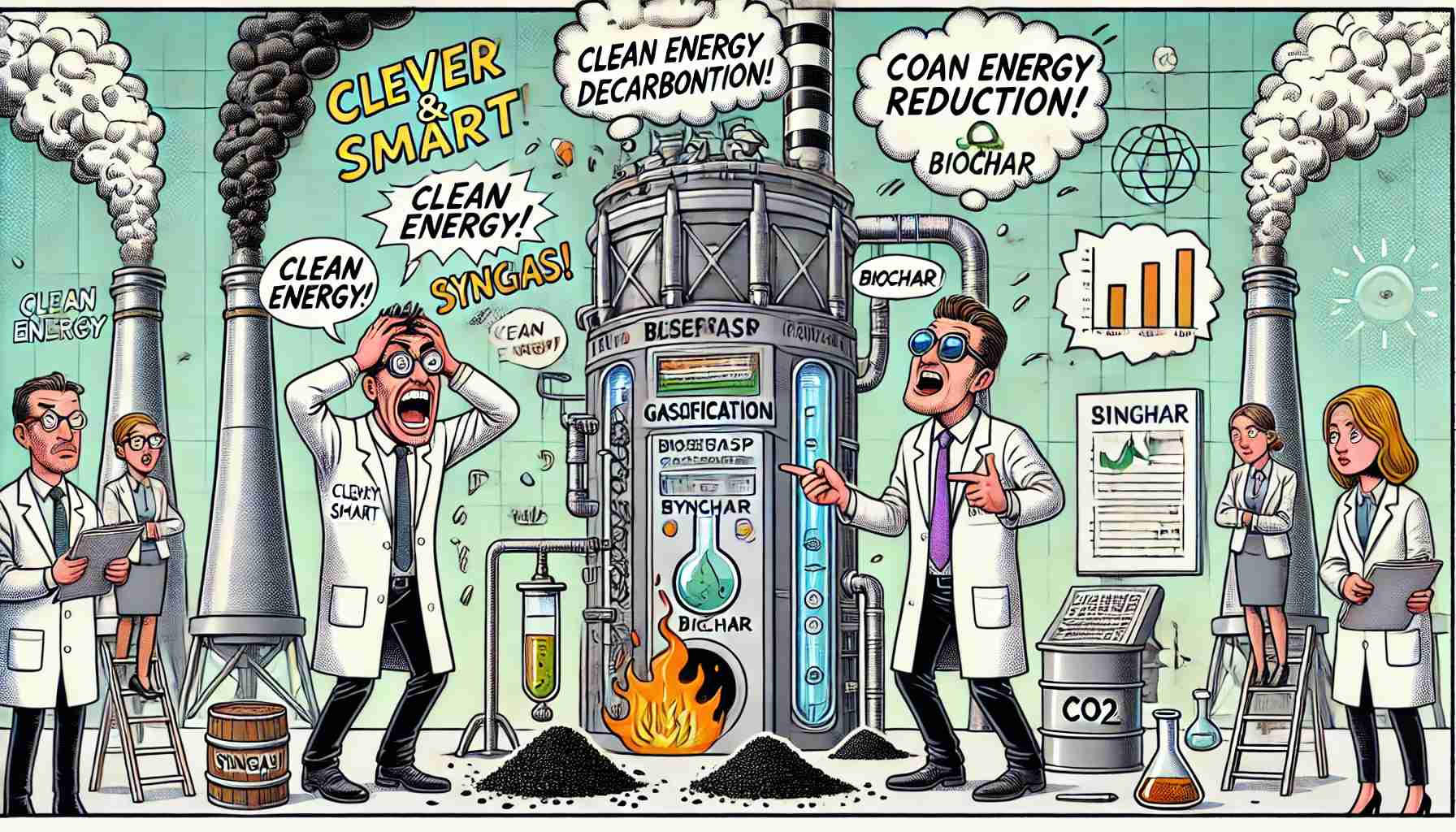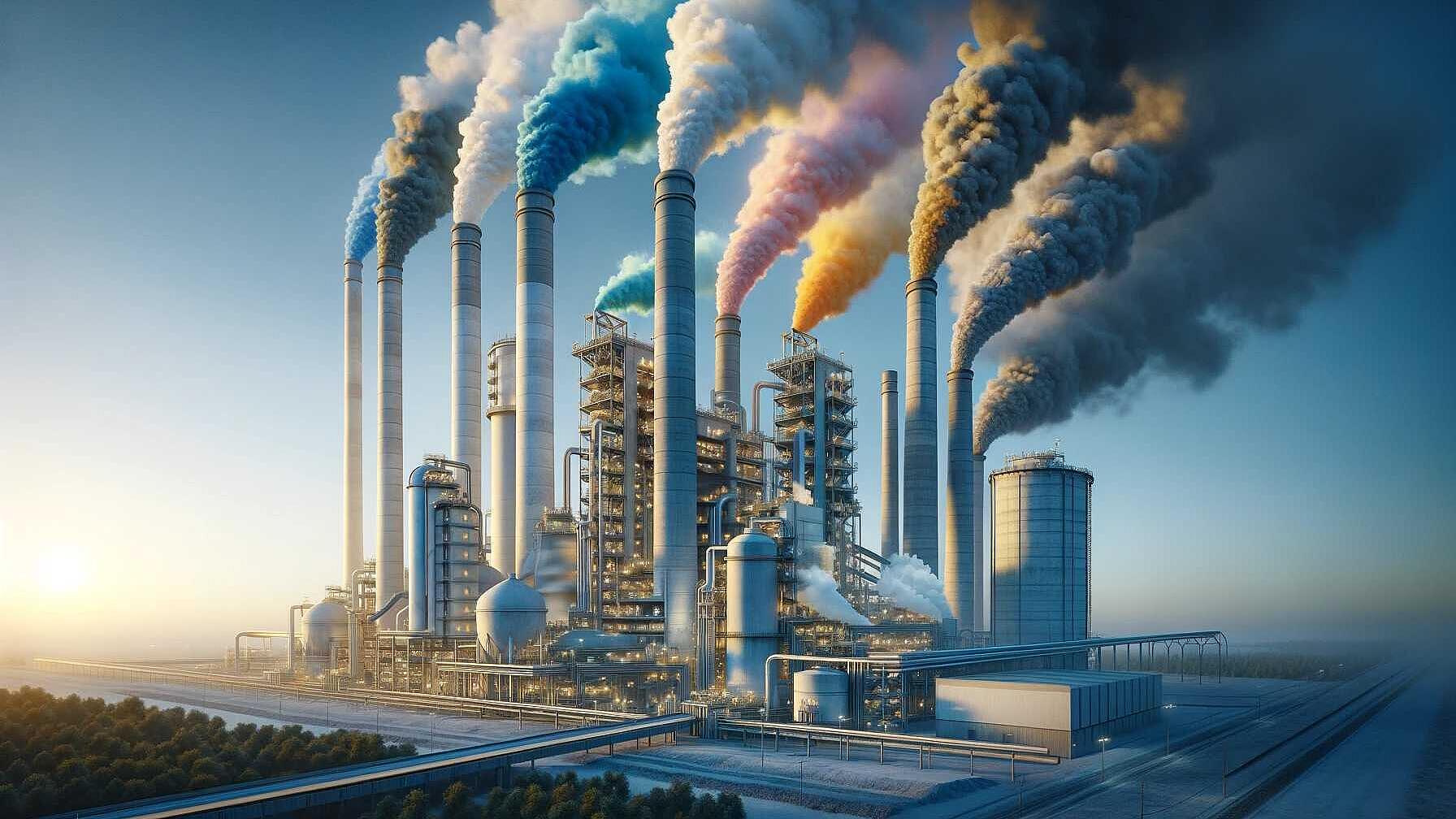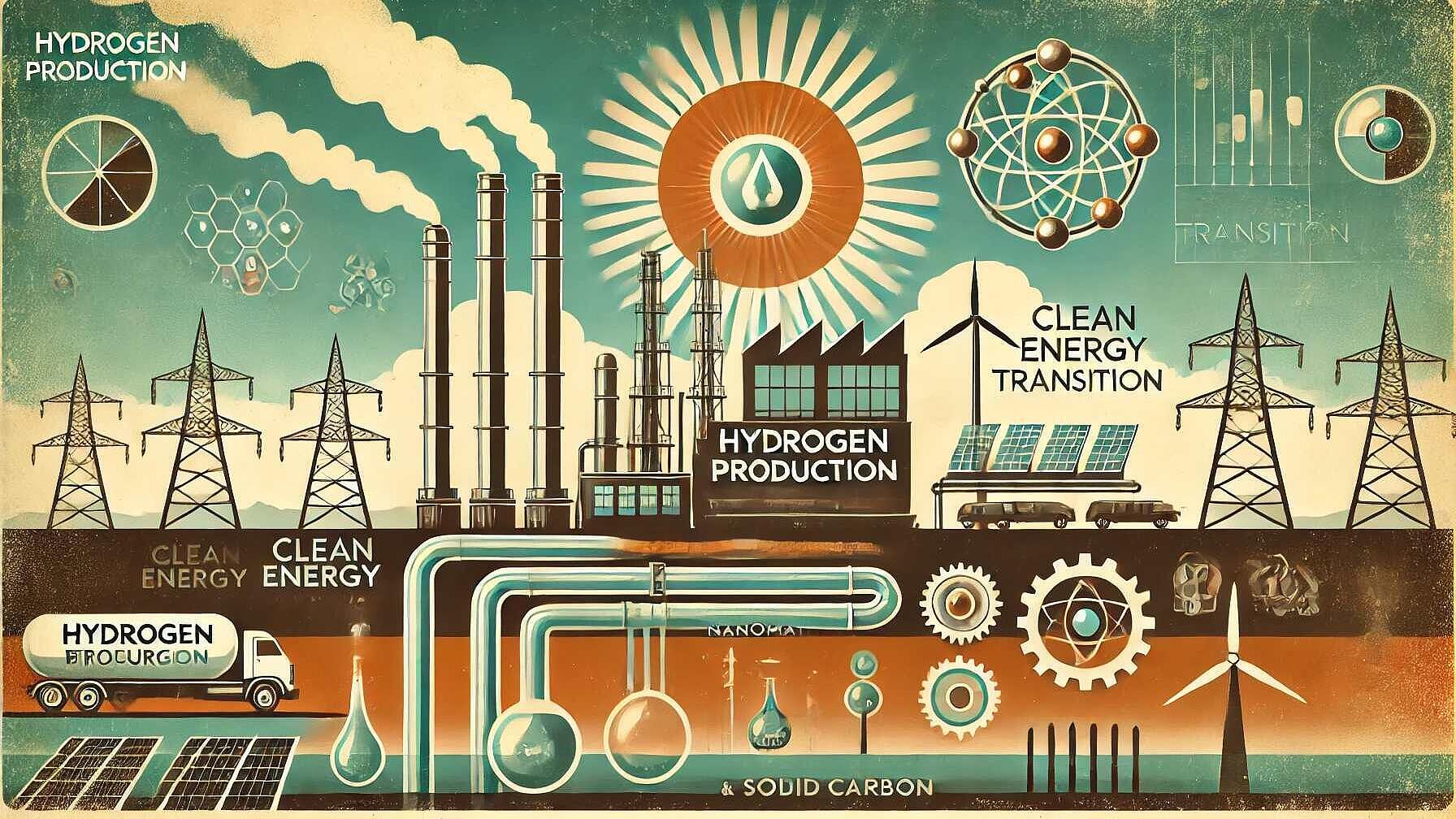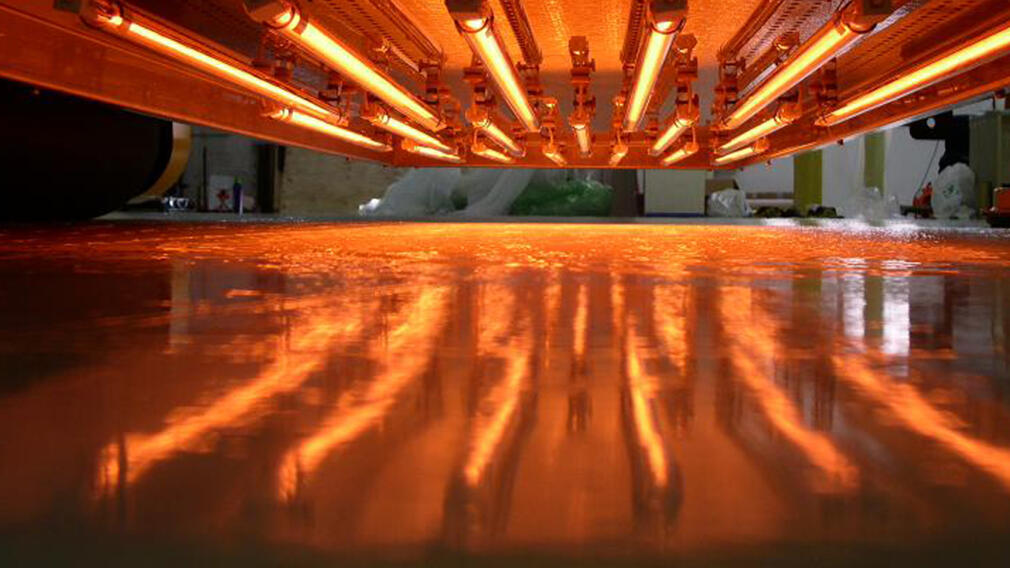 Search Result
Search ResultIs the future synthetic? E-fuels and the future energy system
I’ve previously talked about the challenges of finding an energy source for industries needing a source of concentrated energy such as aviation or even space flight . In my discussion I highlighted…
Read Full articleTop 10 Facts about Electromagnetic Processing
Electromagnetic processing technologies use wavelengths in the electromagnetic spectrum that correspond to microwave, radio waves, infrared, and ultra violet to heat materials. Direct heating methods generate heat within a work piece, by either passing an electrical current through the material, or inducing an electrical current (eddy current) into the material. These technologies offer…
Read Full Business PracticeBiomass Gasification: A Key to Decarbonizing Energy-Intensive Industries
The following article is a summary of the Scientific publication: “Techno-Economic Feasibility of Biomass Gasification for the Decarbonisation of Energy-Intensive Industries” delivered by the EU…
Read Full articleEmissions Impacts of Alternative Fuels Combustion in the Cement Industry
Authors: Ali Hasanbeigi, Navdeep Bhadbhade With over 7% of global CO2 emissions, decarbonization of the cement industry will play a key role in achieving the Paris Climate Agreement targets. The deep…
Read Full articleInnovative Pathways in Hydrogen Production: A Catalyst for Change in Clean Energy
Current Landscape The global shift towards cleaner energy sources is no longer a distant ideal but a pressing reality. Hydrogen, recognized as a pivotal component in the clean energy transition, holds…
Read Full articleEnergy storage - an effective weapon in the fight against emissions
With the rising temperatures and more frequent natural disasters caused by extreme weather, the debates about lowering or even eliminating CO2 and greenhouse gasses are getting more intense.…
Read Full articleBioenergy and Solid Biomass: A Renewable Solution for Industrial Heat Processes
Bioenergy, derived from solid biomass, represents a significant portion of the European renewable energy mix. Accounting for around 60% of the total, it plays a crucial role in the production of…
Read Full articleIntroduction: Electro-heat technologies
Electromagnetic processing technologies use wavelengths in the electromagnetic spectrum that correspond to microwave, radio waves, infrared, and ultra violet to heat materials. Direct heating methods…
Read Full articleEnergy Management System in cement industry
Salonit Anhovo is the leading cement manufacturer in Slovenia. As an environmentally and energy-friendly company, Salonit decided to carry out an energy management project. The project included an introduction to energy management systems and energy optimization in cement manufacturing. It is a large industrial area and LoRaWAN communication was the only suitable alternative to the classical wired…
Read Full Business PracticeDeep decarbonisation of industry: The cement sector
Headlines Fossil fuel combustion to meet heating needs accounts for 35% of cement’s CO2 emissions. The remaining 65% are due to direct process emissions, which must also be addressed. The biomass use…
Read Full article






